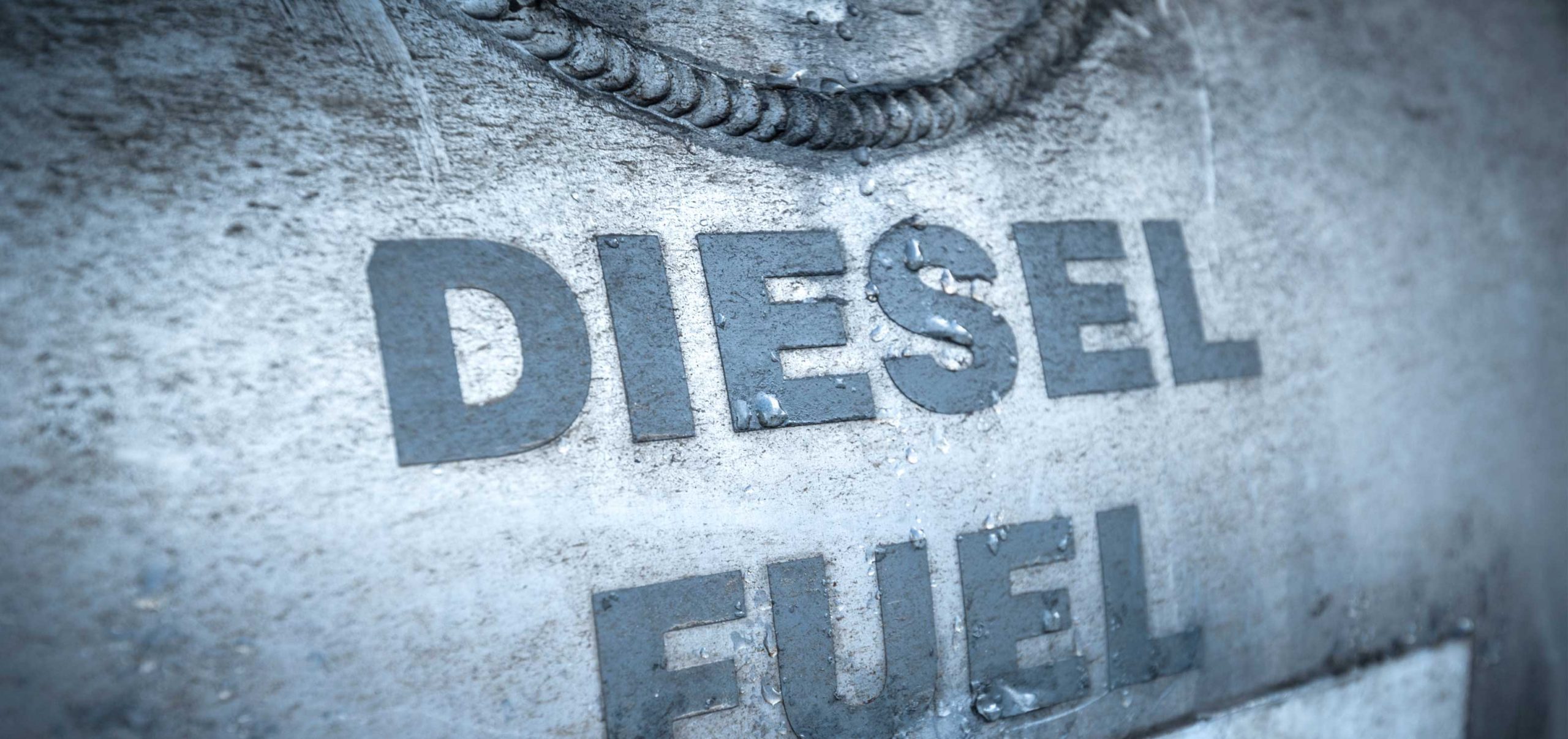
<!--[CDATA[
Moving through a vacuum at supersonic speeds - is Hyperloop the transport system of the future? In recent years, the search for the transport system of the future has gained momentum. These attempts are focusing not just on emission-free drives, new energy sources and innovative railway technology, but also on completely new and, at first sight, very futuristic concepts. One idea in particular is causing “tunnel vision” in the truest sense of the word: the Hyperloop. Behind the idea is no less than Elon Musk, founder of electric car manufacturer Tesla. His concept consists of two pods containing up to 28 passengers each, sliding over air cushions in two parallel tubes mounted on concrete pillars. The air cushions are produced by a compressor, which sucks air from directly in front of the pods and expels it directly underneath them. A partial vacuum is created throughout the system. This allows driving speeds just above the speed of sound at normal pressure. Due to the creation of the vacuum, however, the sound barrier is not broken. The electric drive is powered by so-called long-stator linear motors similar to those already used in magnetic levitation trains.
Open development
The project has an open-source approach: anyone who wants to help can get involved, whether through research or funding. Accordingly, a large number of companies and scientists are currently working on the further development of individual parts of the system. In addition to the tubes, the focus is above all on the vehicles themselves, the pods. To date, the highlight of the project has been the “Hyperloop Pod Competition”, sponsored by SpaceX, another of Elon Musk’s technology companies.
The various teams of designers who took part had about a year to develop and present a concept, and another year to build a working prototype. SpaceX built a test track in Hawthorne, California. It consists of a steel tube one mile (1.6 km) long, with an inside diameter of 1.79 metres. The power transmission was achieved using aluminium rails. In January 2017, all of the individual designs were given a chance to prove themselves in nine test journeys each. The highest speed was achieved by the pod from the Scientific Working Group for Rocket Technology and Space (Wissenschaftlichen Arbeitsgemeinschaft für Raketentechnik und Raumfahrt, WARR) at the Technical University of Munich. The overall winner was the Delft Hyperloop from the Delft University of Technology in the Netherlands.
DHL expertise sought
When developing their solutions, the Dutch researchers were also careful to seek input from seasoned practitioners. To this end, they engaged in a detailed dialogue with DHL, one of the world's leading logistics companies. From the very start Tom Vervoort, Vice President of IT for DHL Express Netherlands, was in close contact with the development team, and he also helped organise DHL’s transportation of the prototype to California. For him, this proximity to Hyperloop technology also has economic aspects: “We have to start thinking about this technology before it is available on the market. We can already start thinking about how the loading and unloading process should work, how the system would fit into our current processes and, last but not least, if it is still possible to secure patents. If you wait too long, these competitive advantages can disappear.”
In the development of Hyperloop, the brakes are off in the truest sense of the word - the next step is a second pod competition, which will focus on achieving the highest possible speed, and on braking.
![Video "DHL, Delft Hyperloop, and the future of logistics" (click on photo to play) [Source: YouTube/DHL]](http://dhl-freight-connections.com/wp-content/uploads/2017/04/SO_Hyperloop_Video-300x169.jpg)



